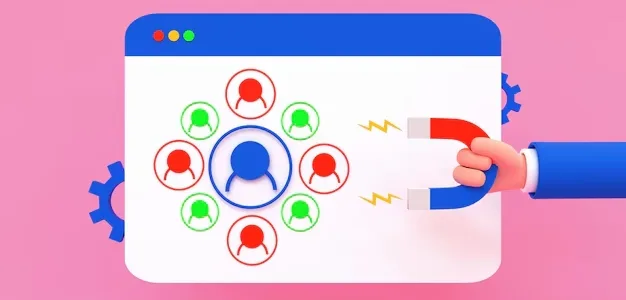Converting Organic Website Traffic in Higher Education Marketing
By Suzan Brinker, PhD Co-founder & CEO at Viv Higher Education
My recent collaboration with a higher education marketing and enrollment team revealed a surprising gap in their knowledge. They were proficient in the usual marketing strategies: name buys, corporate referral programs, and paid media. However, when I asked about their approach to converting the prospects who visit their website directly or through organic searches: crickets. The team hadn’t thought about this at all.
Now, here’s a quick disclaimer: I run a higher education marketing agency. We do a lot of paid media work. I have every reason to tell colleges and universities that they should be running paid media campaigns on Google, Meta, LinkedIn, Spotify, etc. And it’s true—paid media is a crucial aspect of building a healthy enrollment pipeline.
But despite my bias, I don’t understand why so many higher education marketing and enrollment teams forget to maximize the returns on their organic traffic first.
Here are three reasons why:
- Organic traffic needs better incentives to fill out a lead form.
- Paid media drives visitors to landing pages that heavily incentivize filling out a lead form by stripping away the main navigation and limiting calls to action. Instead, when an organic visitor comes to a college or university website, they have all the information there is to know at their fingertips.As such, organic visitors must somehow be incentivized to give up their personal information.Of course, once we capture someone as a lead, we can target, engage, and track them, so converting a more significant number of people is a game changer. Our team loves working with Halda because they have cracked the code on how to do this through interactive experiences that add immediate value and build trust.
- Organic leads are cheaper than paid leads.
- In graduate enrollment marketing, spending $250 – $400 on a lead from paid search is not uncommon, particularly in hyper-competitive markets like business, healthcare, and cybersecurity.Organic traffic is free (if you don’t count the investment of time into healthy SEO). Capturing organic visitors as leads results in drastically lower costs per lead, which translates into cheaper applications and enrollments.In an ideal world, paid and organic lead generation are planned in an integrated manner, with paid media absorbing the share of leads we need beyond organic leads to meet our goals.
- Organic higher ed traffic has a high intent to take action towards enrollment.
- Not only are organic leads cheaper, but they also have a higher likelihood of turning into applicants and enrollments because they have self-selected into your institution and likely bring a good amount of existing brand awareness.Bonus: by incentivizing visitors with personalized experiences, institutions can capture valuable information from prospective students.
Takeaways
When I laid out these reasons for the team I was working with, they had a lightbulb moment. One of the team members asked if we could see the number of organic leads they collect on average every month on their website. Once we got that information from the institution’s analytics team, we ran a Halda trial and saw a 300% increase in organic leads at a very favorable cost. We then turned all the personalized insights from all these prospects into engaging nurture touch points, which further improved results.
So next time you and your higher ed marketing team is wondering whether an investment into organic lead conversion is worth it, refer to the three reasons above to help them think through it.
More from Viv Higher Education
- Designing Impactful Ads: A Guide for Higher Ed Marketing Teams
- How LinkedIn Conversation Ads Are Increasing Engagement in Higher Ed Digital Marketing
- What to Look for in an Agency Partner
Need Help?
If you’re looking to dive into marketing your alternative credentials but aren’t sure where to begin, we’re here to help! Send us an email or schedule a call for more strategies to get the ball rolling.
